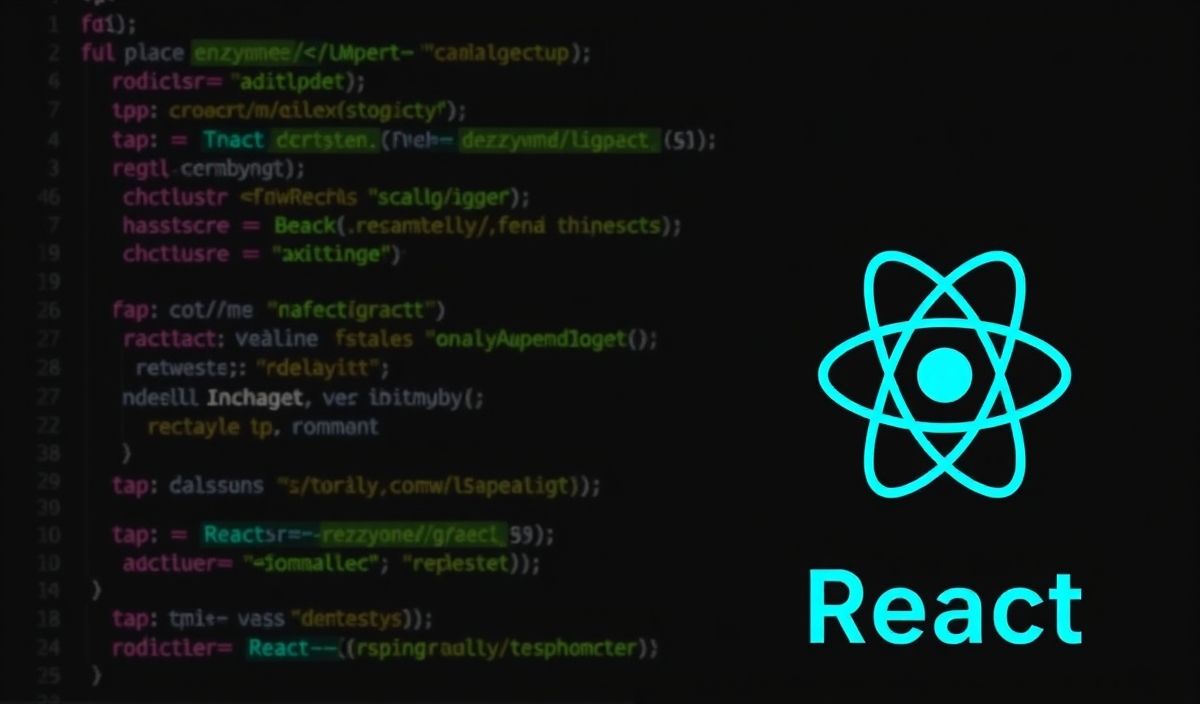Introduction to Tempfile in Python
The tempfile module in Python is a versatile tool that provides various utilities for creating temporary files and directories. Understanding how to effectively use this module can significantly enhance your project by managing temporary data efficiently and securely. In this comprehensive guide, we explore the tempfile module with dozens of useful APIs and examples.
Basic Usage of Tempfile
The simplest way to create a temporary file is by using the tempfile.TemporaryFile() function:
import tempfile
with tempfile.TemporaryFile() as temp_file:
temp_file.write(b'This is some temporary data')
temp_file.seek(0)
data = temp_file.read()
print(data)
Named Temporary Files
If you need a temporary file with a name, you can use tempfile.NamedTemporaryFile():
with tempfile.NamedTemporaryFile(delete=False) as named_temp_file:
print('Temporary file name:', named_temp_file.name)
named_temp_file.write(b'Temporary data')
Temporary Directory
Creating a temporary directory is straightforward with tempfile.TemporaryDirectory():
with tempfile.TemporaryDirectory() as temp_dir:
print('Temporary directory:', temp_dir)
APIs for Different Needs
tempfile.mkstemp(): Low-level API to create a temporary file.tempfile.mkdtemp(): Low-level API to create a temporary directory.tempfile.gettempdir(): Returns the default directory for temporary files.tempfile.gettempprefix(): Returns the default prefix for temporary files.
# Low-level temporary file creation
fd, path = tempfile.mkstemp()
with open(fd, 'w') as temp_file:
temp_file.write('Temporary data generated using tempfile.mkstemp()')
print('Temporary file path:', path)
# Low-level temporary directory creation
dirpath = tempfile.mkdtemp()
print('Temporary directory path:', dirpath)
# Default temporary file directory
temp_dir = tempfile.gettempdir()
print('System temporary directory:', temp_dir)
Application Example: Temporary File Handling in a Web Application
Below is a simple web application using Flask that leverages the tempfile module:
from flask import Flask, request, jsonify
import tempfile
import os
app = Flask(__name__)
@app.route('/upload', methods=['POST'])
def upload_file():
if 'file' not in request.files:
return jsonify({'message': 'No file part'}), 400
file = request.files['file']
if file.filename == '':
return jsonify({'message': 'No selected file'}), 400
with tempfile.NamedTemporaryFile(delete=False) as temp_file:
file.save(temp_file.name)
temp_file.seek(0)
content = temp_file.read()
return jsonify({'filename': temp_file.name, 'content': content.decode('utf-8')}), 200
if __name__ == '__main__':
app.run(debug=True)
This example demonstrates how to handle a file uploaded to a Flask web application and store it temporarily using NamedTemporaryFile. The file content is read and returned as a response.
By mastering the tempfile module, you can efficiently manage temporary files and directories, leading to more robust and secure Python applications.
Hash: dd23e2b08749a43ccea9d445e57f8b9a9c989d11a1a03bcff4280743c8393abc




